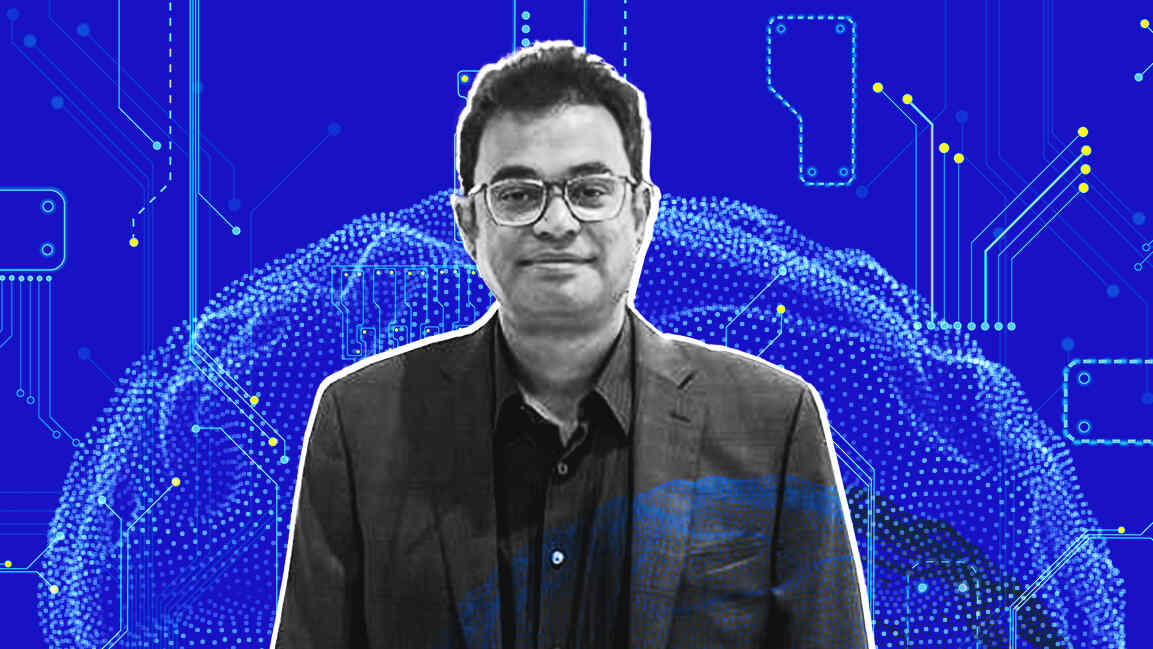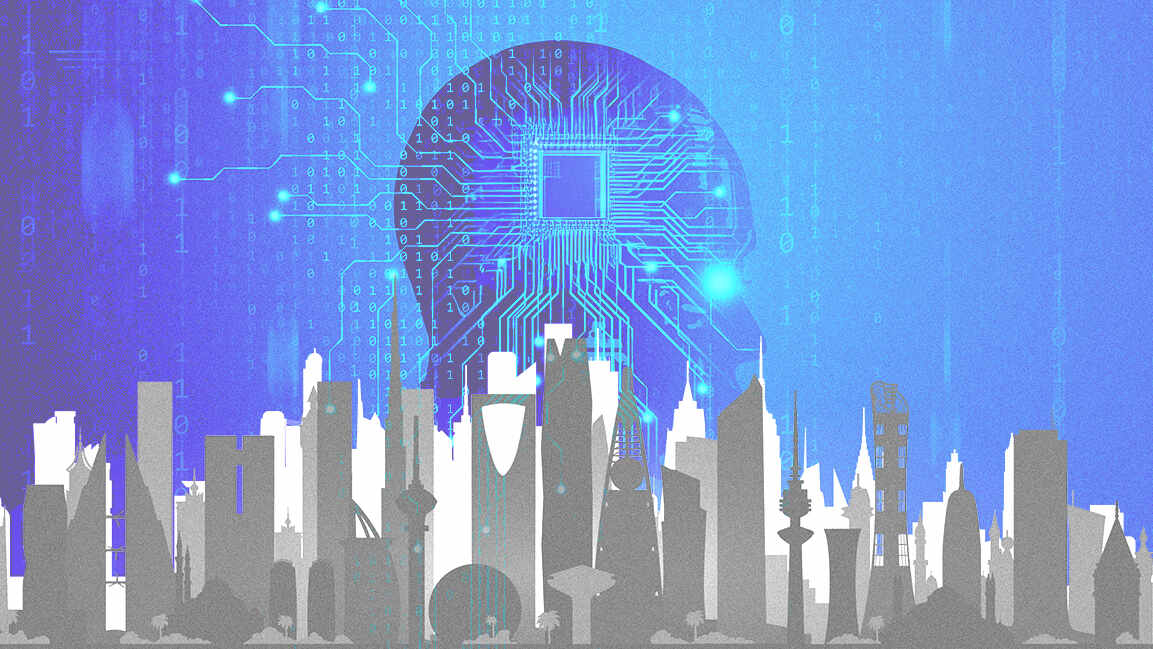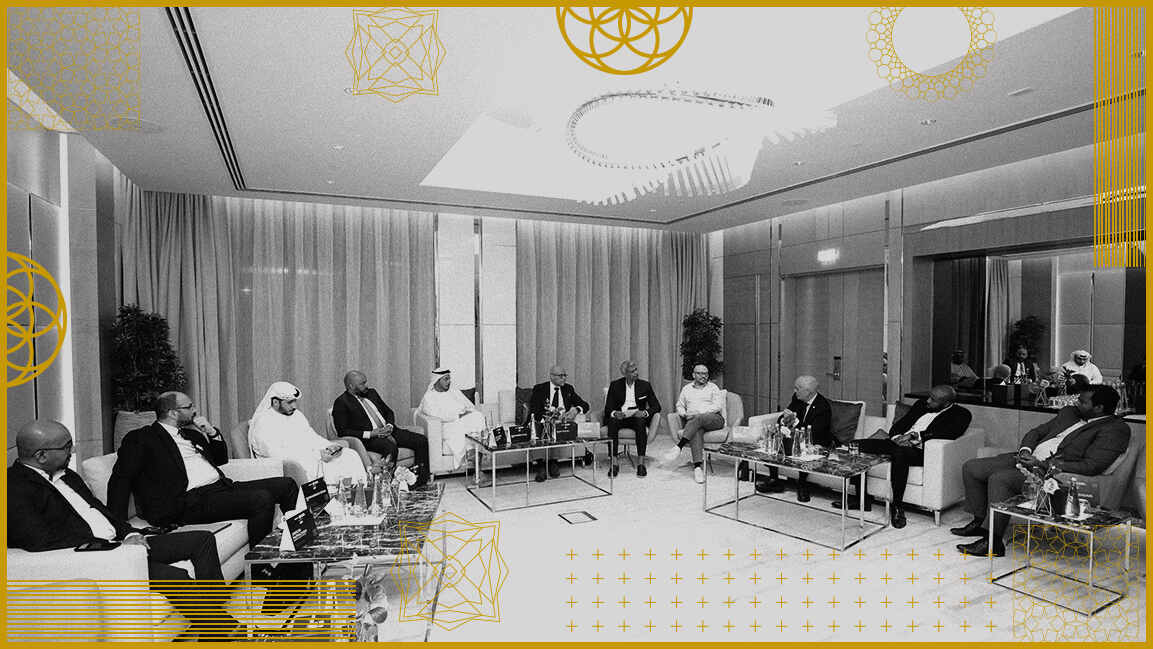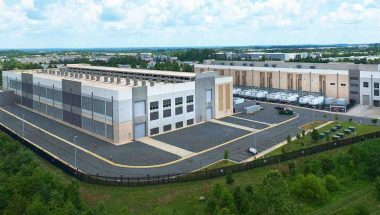- | Blaize
How practical AI is changing the way businesses think
Blaize is turning advanced AI into practical solutions that solve real-world problems

Innovation for the sake of innovation is easy. Delivering measurable value is harder. The companies shaping AI today focus on tackling concrete problems, building platforms and architectures that are efficient, scalable, and directly tied to business outcomes. Practical AI turns advanced models into systems that operate in the physical world, making infrastructure, industries, and the people who run them more capable and responsive.
Unlike firms concentrating on massive data-center inference for large foundational models, Blaize specializes in AI inference for real-world physical infrastructure: smart urban systems, industrial sites, defense deployments, and transportation networks where power, latency, thermal tolerance, and cost are decisive. In these environments, efficiency, robustness, and local decision-making matter more than raw transformer scale.
Dinakar Munagala, CEO and Co-Founder of Blaize, explains how practical AI is changing business computation, combining custom hardware, a platform approach, and domain-ready software so inference runs where decisions are made.
DEFINING PRACTICAL AI
Practical AI is about turning advanced technology into solutions that deliver real-world impact. For Blaize, this approach is built on three key elements.
The first is hybridization. Traditional compute options like GPUs are not always optimal for every solution. “Our customers find that optimizing with a combination of GPUs and Blaize gives them better power and cost advantage,” says Munagala. Hybrid computing allows AI to operate more efficiently across diverse workloads.
The second pillar focuses on delivering tangible business outcomes. Industries ranging from smart cities and infrastructure to defense, education, and healthcare generate massive amounts of data. The challenge is turning that data into actionable solutions that amplify and better the people who operate these systems, rather than replacing them. Munagala explains, “Focusing on real business outcomes is the second piece. This includes full programmability of the solution. It’s not just a chip or software, but the company platform.”
The third element is efficiency. Practical AI emphasizes delivering solutions that perform effectively while minimizing power and cost across different sectors. According to Munagala, combining hybridization, outcome-driven design, and efficiency forms the foundation of what Blaize defines as practical AI.
The need for hybrid computing becomes particularly apparent when moving beyond the data center. While the rise of ChatGPT and other AI developments has made artificial intelligence mainstream, driving applications in e-commerce, advertising, and more, the volume of data outside the data center, generated by physical systems and infrastructure, is far greater.
Sectors such as smart cities, defense, education, healthcare, industrial automation, ports, and oil and gas generate enormous data streams that GPUs alone cannot efficiently handle. According to Munagala, “You need a better kind of computer, a more efficient kind of computer for these end markets, and that is what Blaize specializes in.”
The hybrid approach combines Blaize solutions with GPUs to optimize AI inference while leveraging GPUs for training. Munagala explains, “Often, our customers say that AI training will use GPUs because they are good at that. We combine Blaize solutions with GPUs for AI inference to help the customer. That is what we refer to as hybridization.” This model allows businesses to deploy AI at scale while maintaining efficiency and cost-effectiveness.
Building on this approach, Blaize has also reimagined AI hardware from the ground up. The team’s extensive experience developing specialized graphics chips at Intel informed their latest innovation: the Graph Streaming processor. “So we’ve come up, at least, to this new processor architecture called Graph Streaming,” says Munagala.
At its core, the processor is designed for the unique demands of AI workloads, essentially data flow graphs. Efficiency in running these graphs is central to the design. Munagala describes it as “the secret sauce, the patented secret sauce we built.”
Unlike GPUs, which were originally developed for graphics and are now being adapted for AI, Blaize’s architecture is purpose-built for artificial intelligence. “GPUs were built for graphics, right, and they are being retrofitted for AI. Blaize is built for AI and is being used for AI,” he adds.
This specialized architecture allows AI computations to be executed more efficiently, enabling large-scale real-world applications while maintaining performance and cost advantages.
INTELLIGENCE AT EDGE
Edge AI is emerging as a crucial complement to cloud-based artificial intelligence, enabling faster, more efficient decision-making where it matters most. “Edge AI and cloud AI will coexist. It is not like one will replace the other, but a lot of efficiency can be gained when you do more at the edge,” explains Munagala. Performing computations at the edge reduces the need to transfer massive amounts of data to the cloud, which can be costly and power-intensive. “This is not very well known, but the amount of power consumption and cost spent on transferring data to the cloud is humongous,” he adds.
Edge AI enables real-time decision-making when sending data back to the cloud is not feasible. Autonomous vehicles, robotic machines, and cameras performing live analytics are prime examples of applications that rely on intelligence at the edge. Munagala describes it succinctly: “Some of these decisions you cannot send back to the cloud, like in an autonomous vehicle, a robotic machine, or a camera doing real-time analytics and catching an event before it happens. Those are all edge use cases.”
Industries that stand to benefit most initially include defense, smart city infrastructure, such as traffic monitoring, robotics, and automotive. Munagala notes that these applications are designed to complement cloud computing rather than replace it, allowing both approaches to coexist and work together efficiently.
To bring these concepts into practice, Blaize has been forging partnerships to implement AI solutions directly in the real world. Collaborations with Yotta in India and TCC in Saudi Arabia focus on practical applications with a clear business need. “These engagements prove that each must have a solid business case and revenue need. The reason these are happening is largely the end customer desiring a certain solution to solve a problem in this particular context,” says Munagala. Many of these initiatives center around traffic management and other smart city applications.
The growth of urban infrastructure and the deployment of new cameras in these regions highlight the need for more intelligent systems. Munagala explains, “How do you make these cameras smarter or existing ones smarter? That is where Blaize servers or boxes come in.” High thermal tolerance is another critical factor. In the Middle East, where temperatures reach 70 to 75 degrees centigrade, Blaize’s solutions are designed to withstand heat, dust, and other environmental challenges. “This is why we are winning projects,” he adds.
Deployment is flexible, with solutions placed directly on lamp posts or traffic cameras, or connected back to servers in data centers. Data sovereignty remains a priority, and Munagala emphasizes, “Clients want the data to remain on their premises. Blaize respects that, and we work with our partners to implement solutions accordingly.”
PLATFORM AND DIFFERENTIATION
Blaize ensures its AI solutions can be adapted across regions without heavy customization by taking a platform-based approach. The company delivers a combination of hardware and software along with a set of video libraries that customers can use to build their solutions. Munagala explains, “If they want to tailor it for very specific use cases, like recognizing a car or a number plate, they can use our libraries and our platform to easily get this into production.” This approach allows solutions to be universally applied while remaining flexible for local requirements.
Differentiation in a competitive AI market stems from both architecture and deployment. The company’s graph streaming technology, or “secret sauce,” delivers better power consumption and total cost of ownership. Munagala describes the approach: “Customers care about how much a project typically costs. They ask, ‘I have this much capex and opex budget. Can you build a solution?’ Blaize can deliver to those metrics because of its efficiency and lower power.”
Rather than competing head-on with GPUs, Blaize focuses on complementing them. While GPUs are commonly used for AI training, they can be costly or power-intensive for AI inference in production-scale deployment, particularly in real-world infrastructure applications. “By complementing GPUs with Blaize, customers realize a solution that can be deployed at scale,” Munagala says. Alongside this, the software platform is designed for ease of deployment. “Not many companies understand that having easy-to-deploy software is key, and we have focused on that for years,” he adds.
CULTURE OF INNOVATION
Innovation is at the core of Blaize’s operations and is deeply embedded in its engineering culture. The company prides itself on its exceptional talent, which drives technological advancement and practical application. Munagala explains, “We are predominantly focused on engineering and innovation, which is deeply embedded in our culture. We have exceptional talent in our company and are proud of our team.”
Recently, the focus has expanded to the business team, emphasizing translating innovation into tangible outcomes. Munagala cites a study from MIT highlighting a common challenge: “A lot of AI efforts, over 90 percent, are failing. The reason is that companies often focus on reaching a proof of concept. We have taken a different approach. We ask, ‘How do we actually solve our end customers’ problems and business outcome challenges, and how do we build the technology to make that happen?’”
This mindset ensures that Blaize’s innovation is sustainable and aligned with customer needs. “Applying innovation is one part, which we foster internally. Then channeling that innovation into real business outcomes is where we pay a lot of attention,” Munagala adds. For Blaize, it’s about bringing together engineering, creativity, and practical business results in a way that works.









































